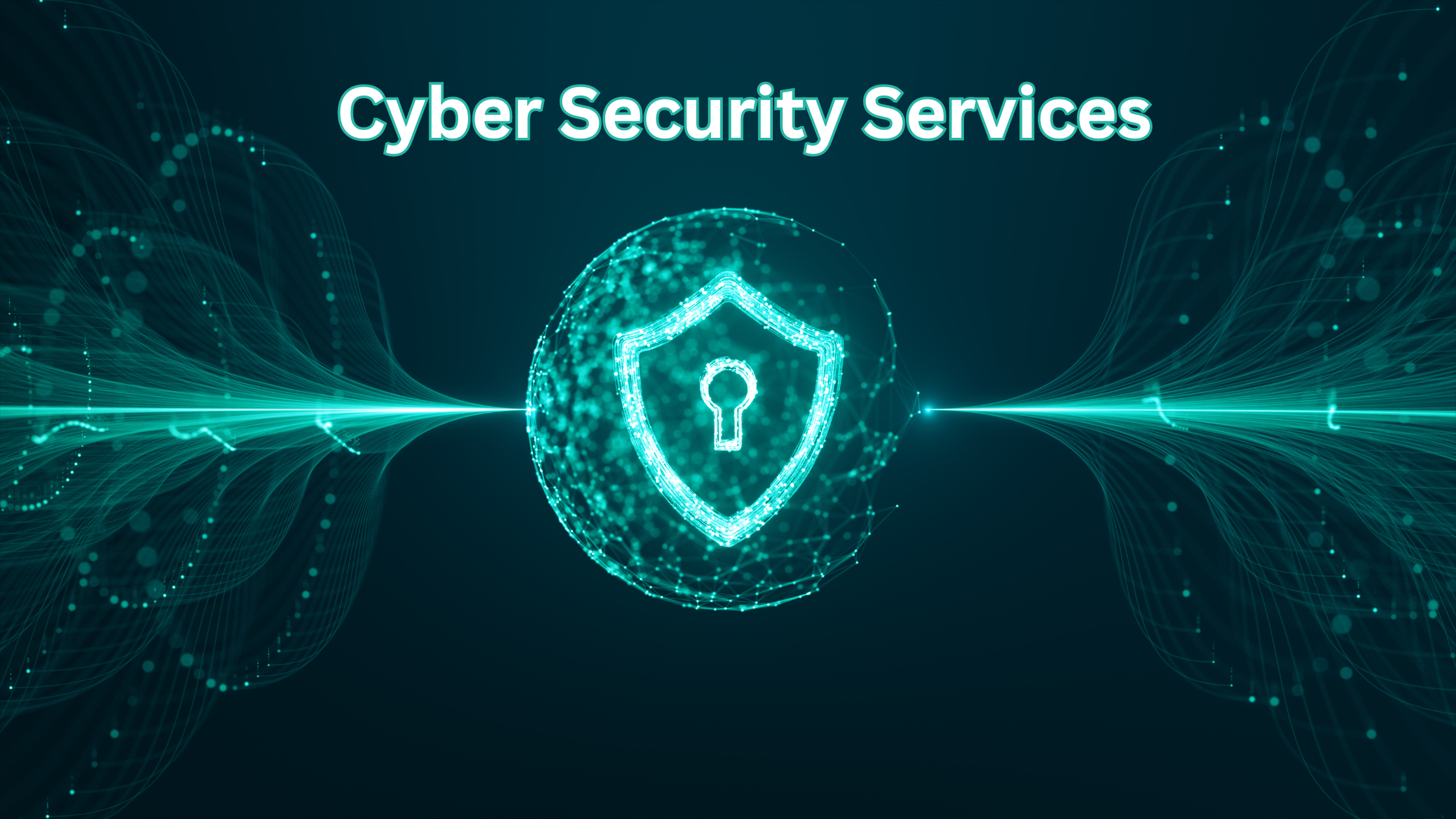In today’s digital age, the importance of Cyber Security Services cannot be overstated. As businesses and individuals increasingly rely on the internet for everything from banking to communication, the need for robust cyber security measures has become crucial. Cyber security services are designed to protect systems, networks, and data from cyber threats such as hacking, phishing, and malware. This blog will explore the various aspects of cyber security services, their importance, and how they can help safeguard your digital presence.
What Are Cyber Security Services?
Cyber security services encompass a range of practices, technologies, and processes aimed at protecting computer systems, networks, and data from cyber attacks. These services are essential for preventing unauthorized access, data breaches, and other cyber threats. The main objective of cyber security services is to maintain the confidentiality, integrity, and availability of information.Types of Cyber Security Services
1. Network Security
Network security involves protecting the integrity, confidentiality, and accessibility of networks and data. This includes:- Firewalls: These act as barriers between your trusted internal network and untrusted external networks. Firewalls oversee and regulate incoming and outgoing network traffic according to established security rules..
- Intrusion Detection Systems (IDS): IDS tools monitor network traffic for suspicious activity and potential threats. They can alert administrators to potential breaches in real time.
- Virtual Private Networks (VPNs): VPNs create a secure connection over the internet, ensuring that data transmitted between your device and the network is encrypted and protected from eavesdropping.
2. Endpoint Security
Endpoints, such as laptops, smartphones, and tablets, are often targeted by cybercriminals. Endpoint security focuses on securing these devices from threats. Common endpoint security measures include:- Antivirus Software: This software detects and removes malicious software from your device.
- Endpoint Detection and Response (EDR): EDR solutions continuously monitor endpoint activities and provide real-time detection and response to potential threats.
- Mobile Device Management (MDM): MDM tools allow organizations to manage and secure mobile devices used by employees, ensuring compliance with security policies.
3. Application Security
Application security focuses on safeguarding software applications from cyber threats. This includes:- Web Application Firewalls (WAF): WAFs protect web applications by filtering and monitoring HTTP traffic between a web application and the internet.
- Secure Coding Practices: Developers follow secure coding practices to minimize vulnerabilities in software applications.
- Application Security Testing: This involves various testing methods, such as static application security testing (SAST) and dynamic application security testing (DAST), to identify and fix security vulnerabilities in applications.
4. Cloud Security
As more businesses move to the cloud, ensuring the security of cloud environments has become essential. Cloud security services include:- Cloud Access Security Brokers (CASBs): CASBs offer visibility and control over data and applications in the cloud.
- Encryption: Encrypting data stored in the cloud ensures that even if it is accessed by unauthorized individuals, it remains unreadable.
- Identity and Access Management (IAM): IAM tools manage user identities and control access to cloud resources.
5. Identity and Access Management (IAM)
IAM services help organizations manage user identities and control access to critical resources. Key components of IAM include:- Single Sign-On (SSO): SSO enables users to access multiple applications using a single set of login credentials.
- Multi-Factor Authentication (MFA): MFA enhances security by requiring users to provide two or more verification factors to access an account.
- Role-Based Access Control (RBAC): RBAC restricts access to systems and data based on users’ roles within an organization.
6. Data Security
Data security services focus on protecting sensitive data from unauthorized access and breaches. This includes:- Data Encryption: Encrypting data ensures that only authorized parties can read it.
- Data Loss Prevention (DLP): DLP solutions monitor and protect sensitive data from being lost, stolen, or misused.
- Database Security: This involves securing databases against threats, ensuring the integrity and confidentiality of stored data.
7. Security Information and Event Management (SIEM)
SIEM systems gather and analyze security data from multiple sources to identify and respond to potential threats.. Key features of SIEM include:- Log Management: Collecting and analyzing logs from different systems to identify suspicious activities.
- Threat Detection: Identifying potential threats based on patterns and anomalies in the collected data.
- Incident Response: Automating responses to detected threats, such as alerting administrators or blocking malicious activities.

